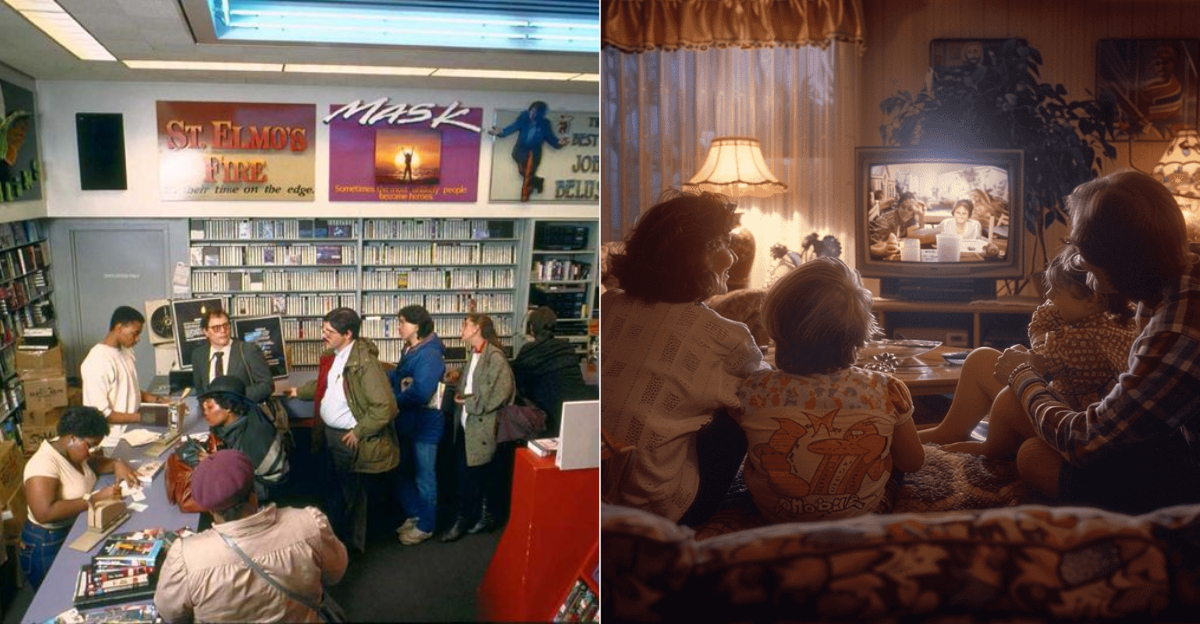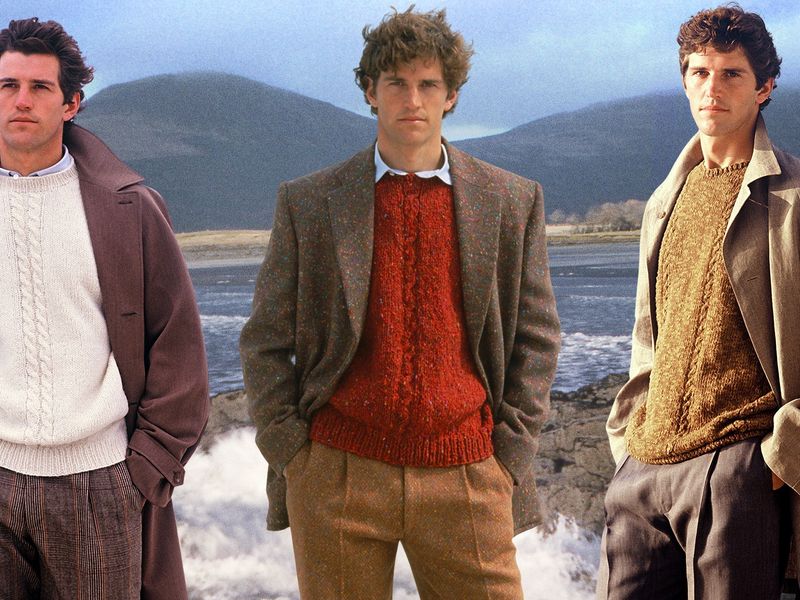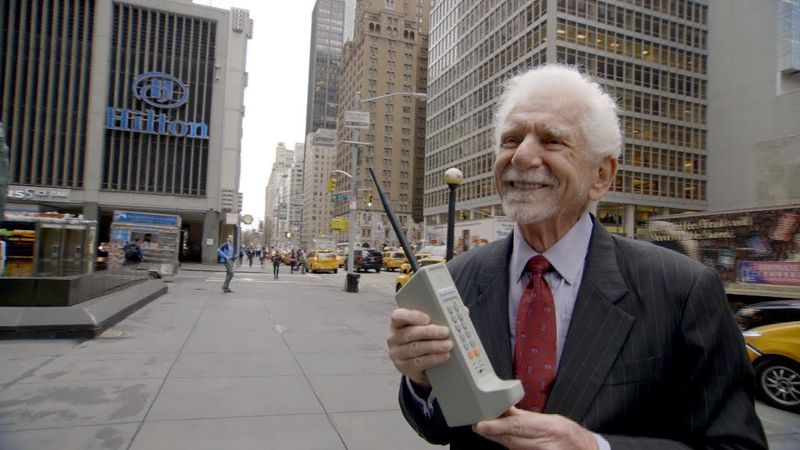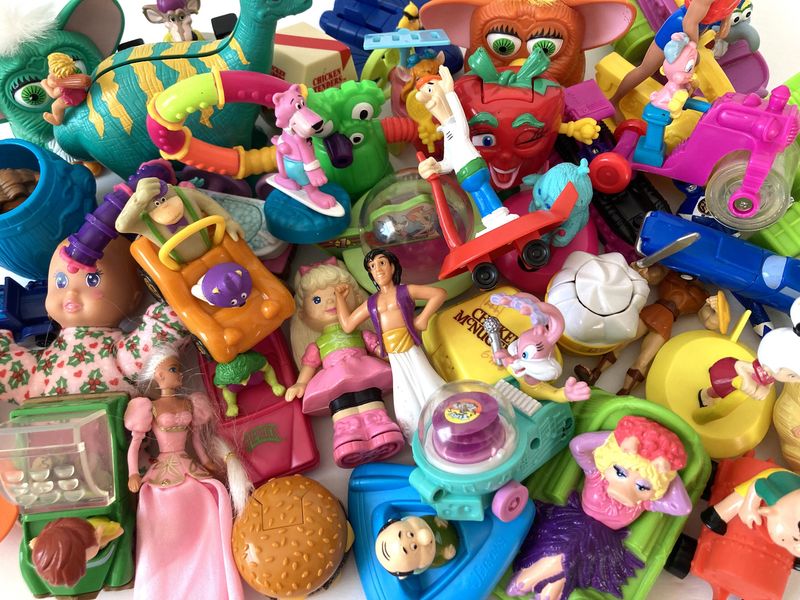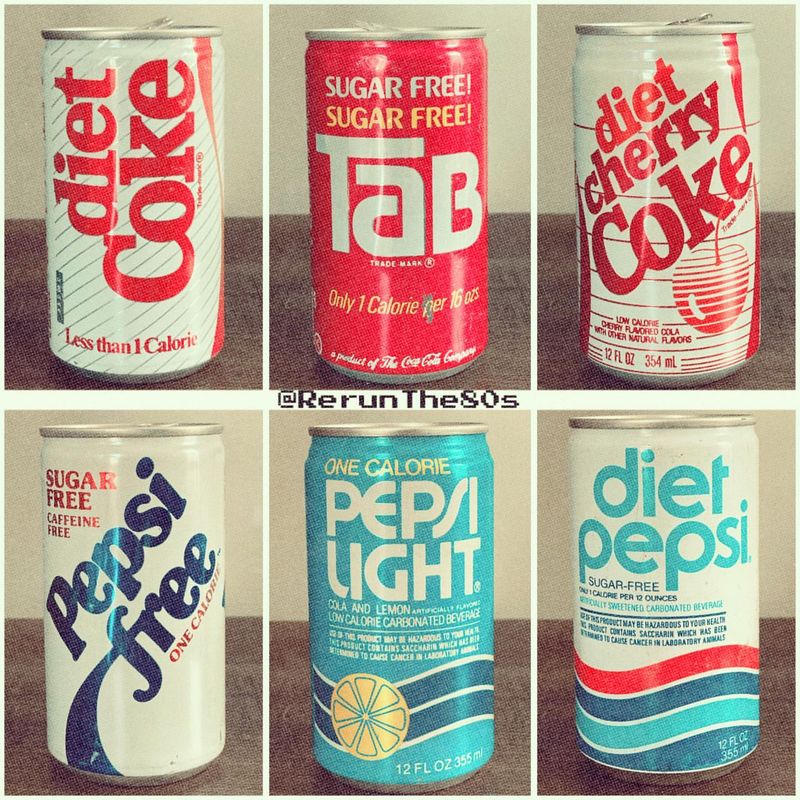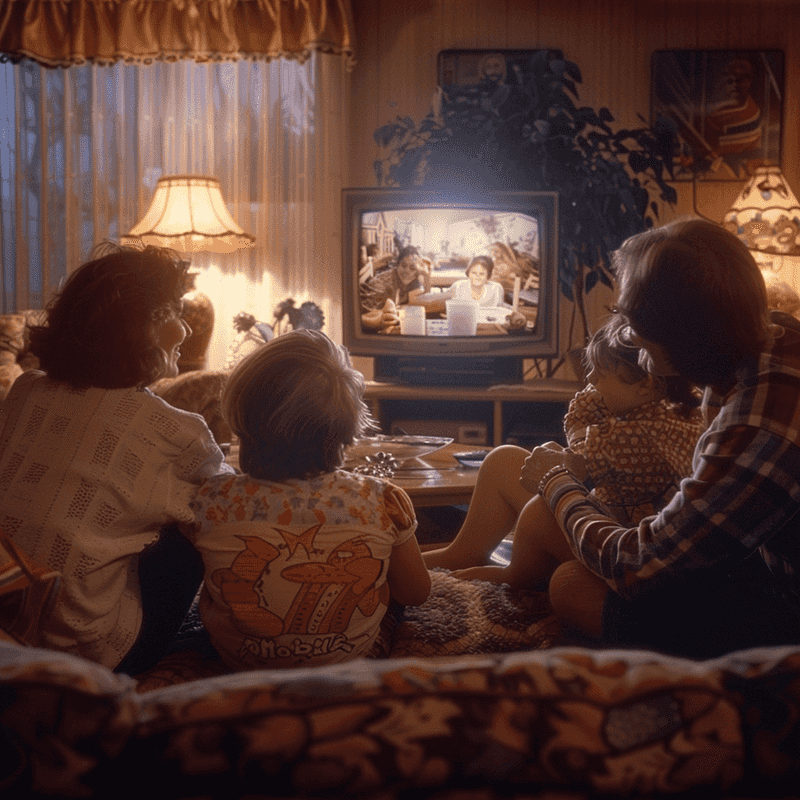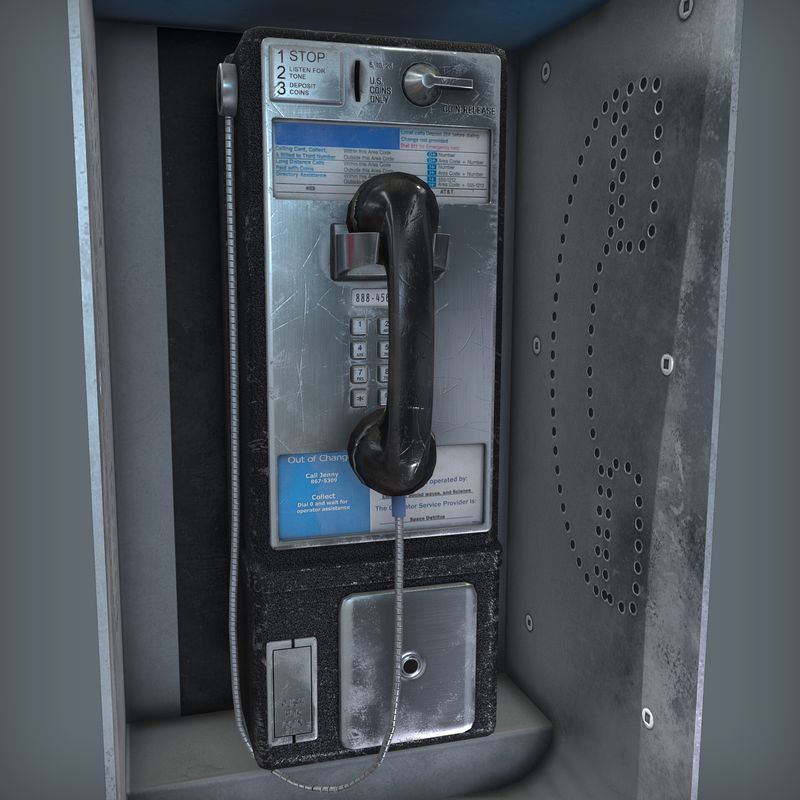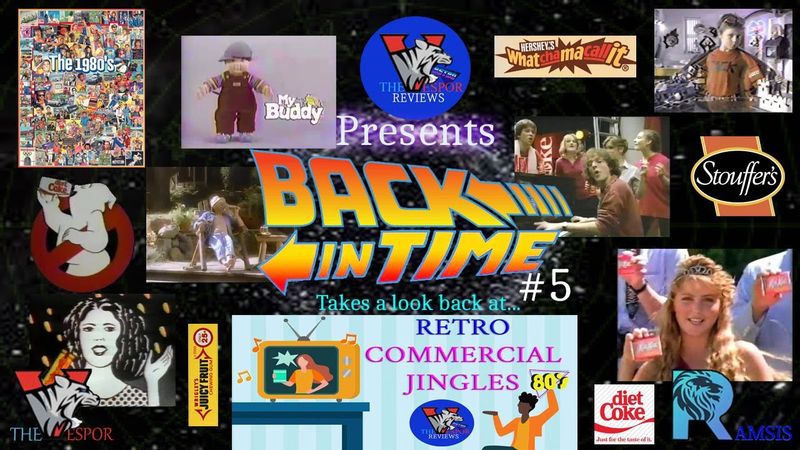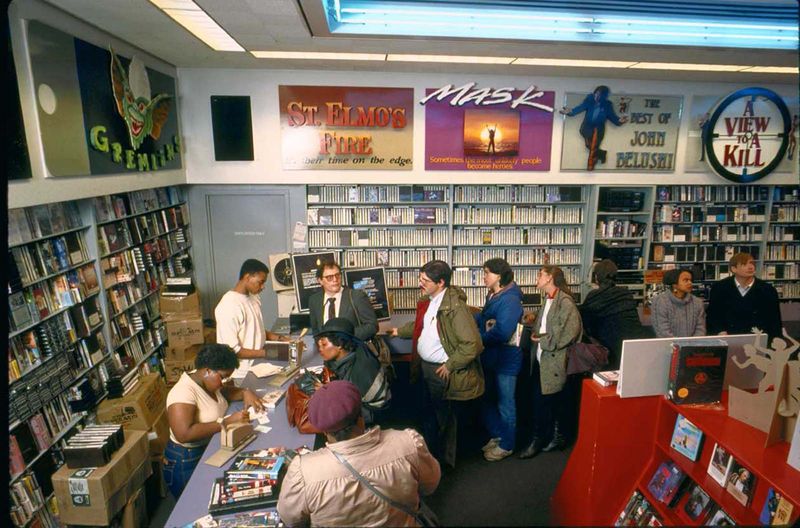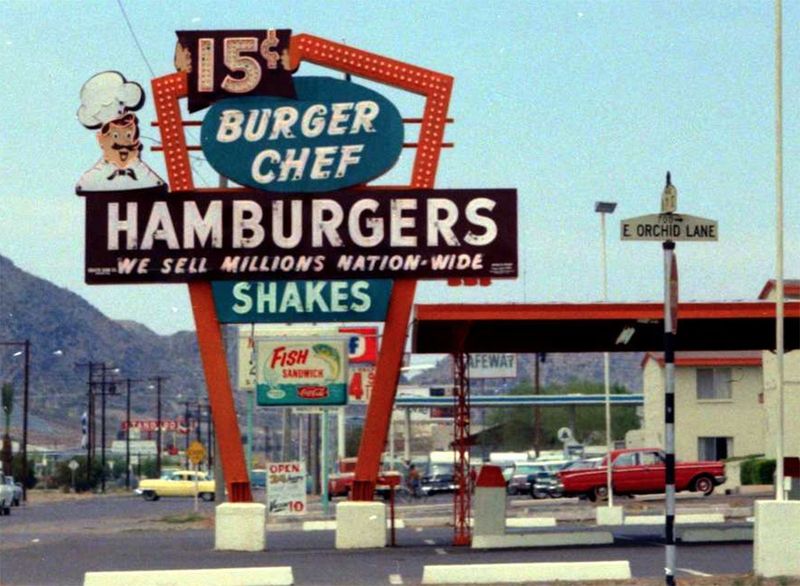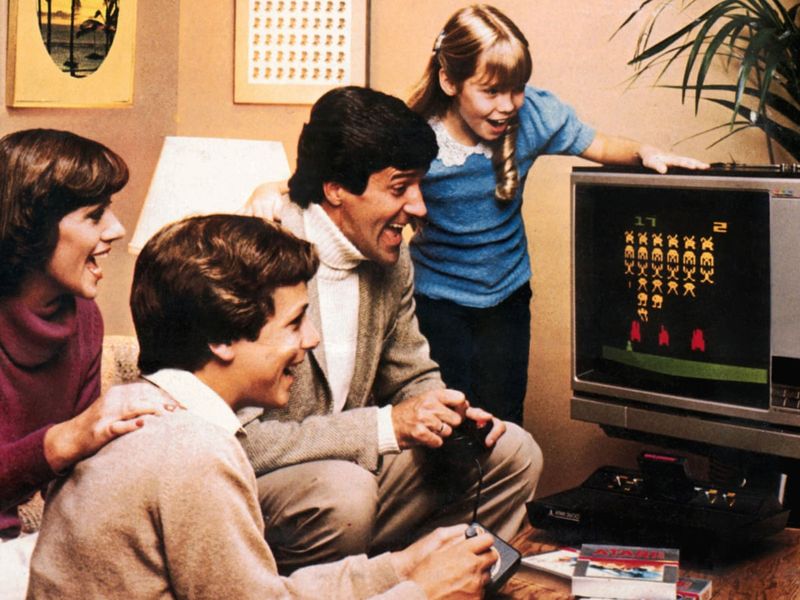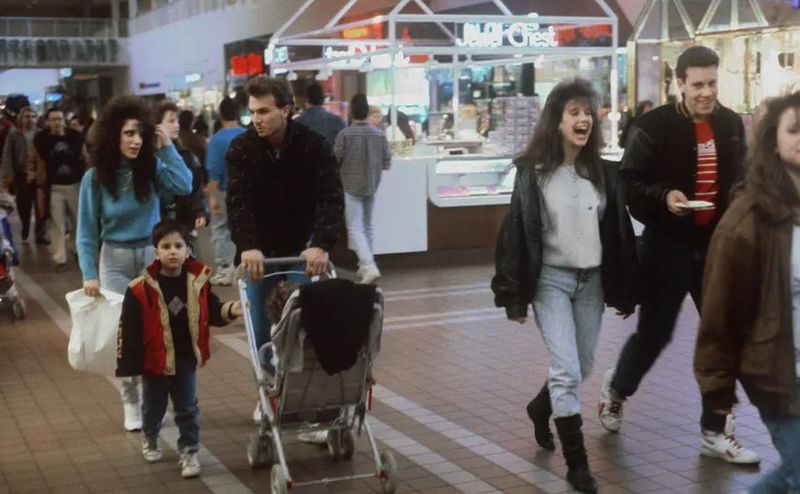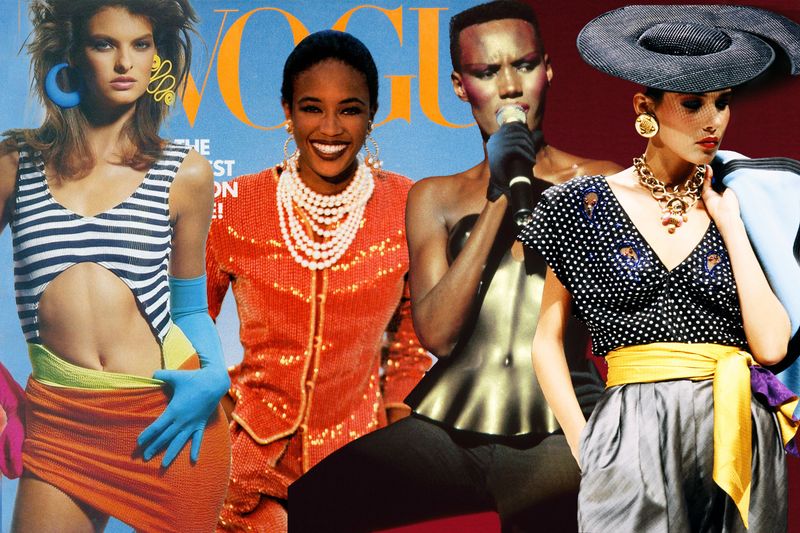The 1980s were a time of bold fashion, booming technology, and distinctive cultural norms that defined a generation. However, many of the social norms from that era might seem outlandish or even inappropriate to us today.
This blog post explores 20 such norms, each of which reflects the unique social fabric of the 80s. From fashion statements to workplace dynamics, these norms highlight how much societal values have shifted in just a few decades.
1. Smoking Everywhere
In the 1980s, smoking indoors was a common sight in restaurants, offices, and even airplanes. It was not uncommon to see people lighting up in public spaces, and smoke-filled rooms were an accepted part of daily life.
The health risks associated with smoking were not as widely acknowledged, and non-smokers often had little choice but to endure secondhand smoke.
Today, with strict regulations and a broader understanding of health implications, such practices seem shocking. The shift towards smoke-free environments reflects a significant change in societal attitudes towards health and personal well-being.
2. Casual Attire at Work
The workplace dress code in the 80s was far more relaxed than today’s professional attire standards. Casual and colorful outfits were often seen in offices, reflecting the decade’s exuberant fashion.
The emphasis was on individuality and personal expression, with less focus on conformity. This contrasted with the more formal dress codes that dominate many workplaces today, where professionalism is often linked with more conservative attire.
The relaxed dress norms of the 80s highlight a time when personal style was celebrated, even in professional settings, offering a stark contrast to today’s more standardized workplace fashion.
3. Phone Conversations in Public
In the 1980s, the sight of someone talking loudly on a mobile phone in public was a novel and rare phenomenon. Early mobile phones were large and cumbersome, yet owning one was a status symbol.
Public phone conversations were often loud and drew attention, as technology hadn’t yet evolved to the discreet devices we use today.
With the advent of smartphones and societal norms shifting towards privacy, such behavior is now generally frowned upon. These changes reflect broader societal trends towards more discreet and considerate public interactions.
4. Gender-Specific Toys
The 1980s toy industry was heavily gendered, with toys distinctly marketed towards boys or girls. Dolls, kitchen sets, and pink packaging were targeted at girls, while action figures, cars, and blue hues were aimed at boys.
This division reinforced traditional gender roles and expectations from a young age. Today, there is a growing movement towards gender-neutral toys that encourage inclusivity and allow children to explore interests beyond societal norms.
This shift reflects a broader change in understanding gender identity and a push towards more equitable representations in play and education.
5. Corporate Ladder Climbing
The 80s were marked by an aggressive corporate culture focused on climbing the corporate ladder. Success was often measured by one’s position in a company hierarchy, and the pursuit of power and prestige was a driving force.
The decade’s iconic power suits symbolized this ambition. Today, while career advancement remains important, there’s a growing emphasis on work-life balance, collaboration, and personal fulfillment.
The shift from a rigid corporate structure to a more flexible and inclusive work environment highlights changing priorities in professional life, valuing well-being alongside success.
6. Diet Fads
The 1980s were rife with diet fads, including low-fat and sugar-free foods that promised quick weight loss. These products were heavily marketed, and dieting became a cultural obsession.
However, many of these products were later found to contain unhealthy additives and offered little nutritional value.
Today, there is a greater focus on balanced eating and holistic wellness, recognizing the complexity of nutrition beyond simple calorie counting.
This shift towards health-conscious living reflects a broader awareness of the impact of diet on overall well-being, moving away from quick-fix solutions.
7. Lack of Seat Belts
In the 1980s, seat belt use was not as strictly enforced or widely practiced as it is today. Many cars lacked seat belts in the rear seats, and public awareness of their importance was limited. It was common for children to ride in cars without proper restraints.
Over the years, increased awareness and legislation have made seat belts a standard safety requirement, drastically reducing injuries and fatalities in car accidents.
This evolution in safety norms highlights the progress in public health and the prioritization of safety in everyday life.
8. High Divorce Rates
The 1980s witnessed a surge in divorce rates, as societal attitudes towards marriage and family underwent significant changes. The stigma surrounding divorce diminished, and more people felt empowered to leave unhappy marriages.
This shift was fueled by changing gender roles and increased economic independence for women.
Today, while divorce rates have stabilized, the conversation has shifted towards building supportive relationships and prioritizing mental health and personal satisfaction.
This evolution reflects a broader understanding of marriage as a partnership based on mutual respect and fulfillment, rather than societal obligation.
9. Minimal Environmental Awareness
Environmental awareness in the 1980s was minimal compared to today’s heightened focus on sustainability. Pollution and waste were rampant, with little understanding of their long-term impact.
Recycling was not a common practice, and environmental education was lacking. Today, there is a significant emphasis on ecological responsibility, with increased efforts towards recycling, conservation, and sustainable living.
This shift reflects a growing recognition of the importance of protecting our planet for future generations, as well as a collective effort to combat climate change and preserve natural resources.
10. TV as Family Entertainment
In the 1980s, television was a central part of family life and entertainment. Families would gather around the TV to watch shows together, as it was one of the few sources of visual entertainment.
With limited channels and no on-demand options, TV schedules dictated viewing habits. Today, with the rise of streaming services and digital media, the way we consume entertainment has transformed dramatically.
This change reflects broader shifts in technology and media, offering more personalized and flexible content consumption, and moving away from the collective viewing experiences of the past.
11. Public Payphones
Public payphones were a common sight in the 1980s, offering a primary means of communication outside the home. People relied on these phones to make calls, often carrying change for the purpose.
The rise of mobile phones has drastically reduced the need for public payphones, making them a rare sight today.
The transition from payphones to personal mobile devices highlights the rapid technological advancements and the shift towards instant, personal communication.
This evolution in communication technology has streamlined how we connect, making the reliance on public payphones an outdated concept.
12. Booming Real Estate Market
The real estate market in the 1980s experienced a significant boom, with a surge in suburban development. Homeownership was a key aspect of the American dream, and buying property was seen as a symbol of success and stability.
Interest rates were high, yet the demand for homes was strong. Today, the real estate market faces different challenges, including affordability and housing shortages.
This shift reflects broader economic changes and evolving priorities, with a growing focus on sustainable urban living and addressing housing inequities. The dynamic landscape of real estate continues to evolve with societal needs.
13. TV Commercial Jingles
Catchy jingles were a hallmark of 1980s television commercials, designed to create memorable brand associations.
These musical hooks were an integral part of advertising strategies, aiming to capture viewers’ attention and leave a lasting impression. Today, while jingles still exist, advertising has diversified with digital platforms and targeted marketing.
The evolution of advertising reflects broader changes in consumer behavior and technology, focusing on more personalized and engaging content.
The nostalgic appeal of jingles remains, reminding us of a time when simple tunes could effectively drive brand recognition and consumer loyalty.
14. Video Rental Stores
Video rental stores were a popular destination in the 1980s, providing access to a wide range of movies for home viewing. These stores offered a social experience, with browsing and discussing films becoming a part of the entertainment ritual.
The rise of digital streaming services has made physical rentals nearly obsolete, transforming how we access and consume media.
This transition reflects broader technological advancements and shifts in consumer preferences towards convenience and instant access.
The nostalgic memory of video rental stores highlights a time when physical media was central to the home entertainment experience.
15. Polaroid Photography
Polaroid cameras were iconic in the 1980s, offering instant photography that allowed people to capture moments and see the results immediately.
This technology was revolutionary at the time, providing a tangible and immediate way to preserve memories. Today, while digital photography offers instant results, the charm of Polaroids has experienced a resurgence as a nostalgic art form.
The shift from Polaroid to digital reflects broader technological advances, yet the enduring appeal of instant film highlights a desire for tangible connections in a digital age. Polaroids remind us of the joy in capturing and sharing spontaneous moments.
16. Fast Food Boom
The 1980s saw a significant rise in fast food consumption, with chains expanding rapidly across the globe. Convenience and affordability made fast food a staple in many households, reflecting broader societal trends towards quick and easy dining solutions.
While fast food remains popular today, there is a growing focus on health and nutrition, with many seeking healthier alternatives. This shift towards mindful eating reflects increased awareness of the impact of diet on health and well-being.
The fast food boom of the 80s highlights a time when convenience often outweighed nutritional considerations.
17. Home Video Game Consoles
The 1980s marked the rise of home video game consoles, revolutionizing entertainment and sparking a gaming culture that persists today.
Systems like the Nintendo Entertainment System became household staples, offering interactive experiences that captivated both children and adults. This era laid the foundation for the diverse gaming industry we see today.
The evolution of gaming technology reflects broader cultural shifts towards interactive and immersive entertainment.
While graphics and gameplay have advanced significantly, the nostalgic charm of 80s gaming remains, reminding us of the simple joy these early consoles brought to millions.
18. Mall Culture
Shopping malls were cultural hubs in the 1980s, offering more than just retail experiences. They were social gathering places, entertainment venues, and symbols of consumer culture. Teenagers would spend hours at the mall, socializing and exploring.
Today, the rise of online shopping has transformed the retail landscape, with many malls struggling to maintain relevance. The shift reflects broader changes in consumer behavior, with convenience and digital access shaping modern shopping experiences.
The mall culture of the 80s highlights a time when these spaces were integral to social life and community interaction.
19. Pop Icon Fan Craze
The 1980s were known for the intense fan culture surrounding pop icons like Michael Jackson and Madonna. Fans would express their adoration through concert attendance, merchandise, and fan clubs.
This phenomenon was fueled by media coverage and the rise of music videos on platforms like MTV. Today, while celebrity fandom remains strong, digital platforms have transformed fan interactions, offering more direct access to stars.
The evolution of fan culture reflects broader technological and media shifts, yet the passion and enthusiasm of 80s fans remind us of a time when music and pop culture were central to identity and community.
